
I am at the point in my new spec that I just want to quit—the dreaded second act. I find this to be the worst part because it takes so much effort for me to connect the dots in order to tell the story I want.
Even though I outline, and even though I’m a professional, this stage still sucks and proves to be a challenging hurdle for my story craft.
So, what do I do when I get to this point?
I have five trusty tips I always go back to that help me crack Act Two. So, I figured, why not share them with you today?
Let’s dive in.
1. Raise the Stakes
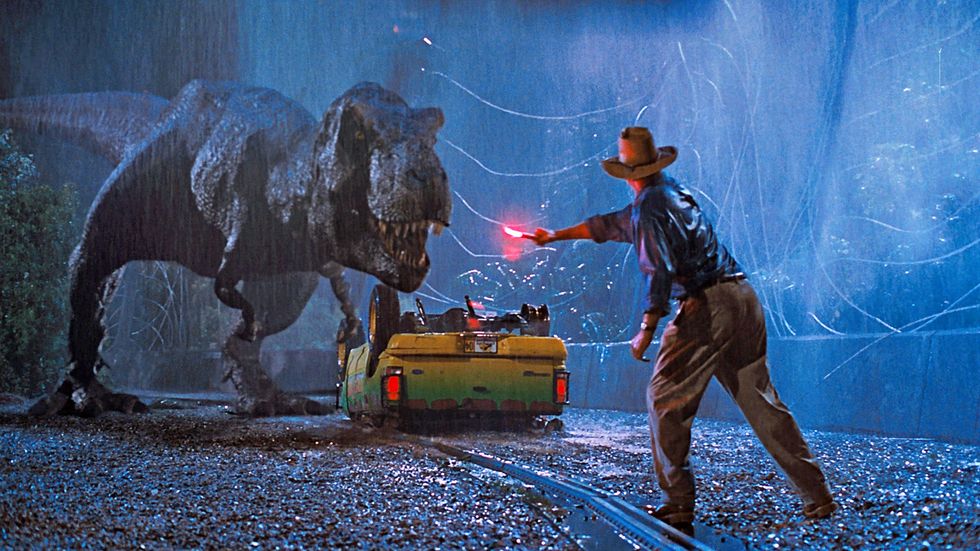
This can feel like such an amorphous statement, but it’s a crucial one. When I get into act two, the first thing I do is make the stakes higher.
That involves a bit of the following:
- Introduce Complications: Act One set up your protagonist’s goal. Act Two is about throwing obstacles in their way. The more difficult the challenges, the higher the stakes in the story.
- Increase the Pressure: Make your protagonist’s problems time-sensitive, or build towards a looming deadline. This adds tension and urgency.
- Force Difficult Choices: Put your character in dilemmas where every option comes with a cost. This raises the stakes and reveals their true nature.
2. Go Deeper in Character
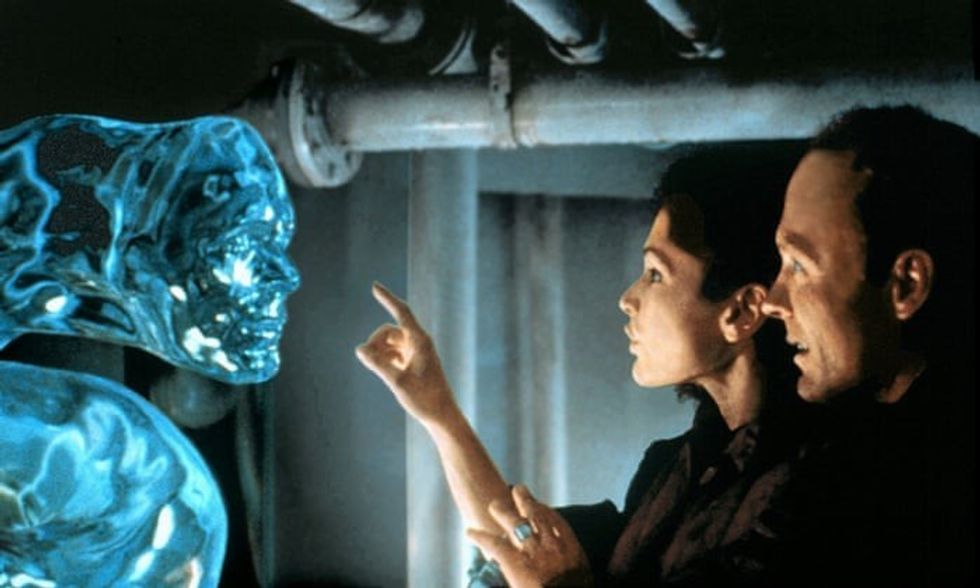
For me, the second act becomes the place where I reveal the most character. So I like to focus on development at this juncture. What can we learn about the backstory and how can we help show what’s arcing in this story?
- Flaws and Contradictions: Don’t make your characters perfect. Give them internal conflicts and weaknesses they must confront. This makes them more relatable and creates opportunities for growth in Act Two.
- Relationships Matter: Build the relationships between your characters, not just with the protagonist. Romance, rivalry, friendship—these subplots add layers to your character development and your overall story.
- The Midpoint Reversal: A big event about halfway through Act Two should change the game for your protagonist. A perceived win becomes a setback, a setback opens a new path… keep the audience guessing.
3. Expand the World
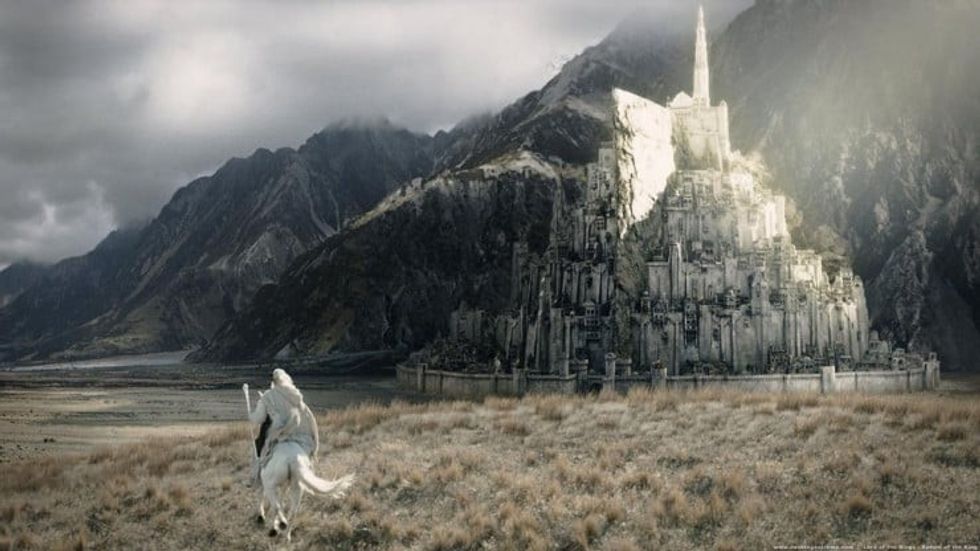
Worldbuilding is my favorite part of writing stories. I love creating the rules, finding the tone, and just giving the lay of the land for the reader.
In the second act, you can expand your world. Let the characters out to play and see what they see. This is where you can bring out the theme and also where trailer moments pop. Give us those fun other characters and places that make readers excited.
- New Locations: Introduce settings that visually and thematically expand the scope of your story. This can add new challenges and expose different aspects of your characters.
- More Characters: Don’t just rely on the ones from Act One. New characters introduce new conflict, alliances, or information that pushes the narrative in exciting directions.
- Exploration of Themes: Use Act Two to really dig into your story’s deeper ideas. Through dialogue, plot events, and character choices, explore the underlying themes your story is dealing with.
4. Introduce Your B-Story
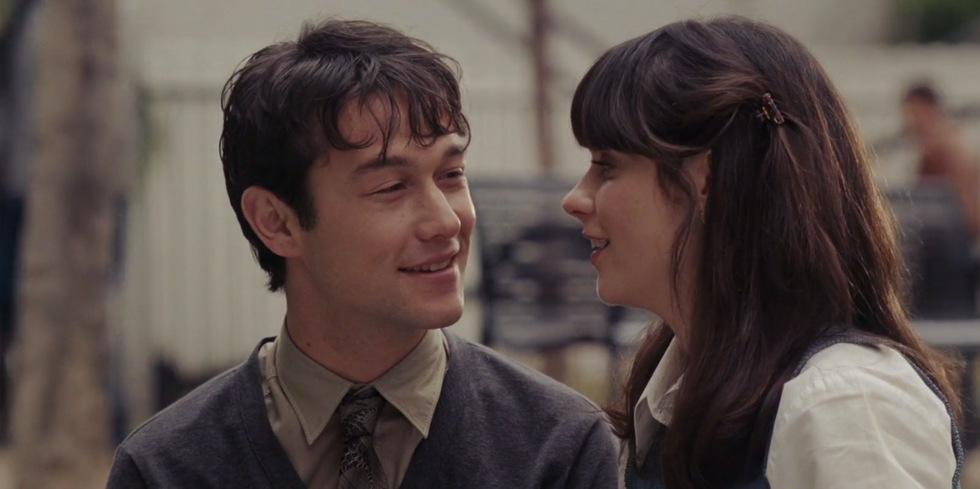
You can’t expect to have a full story without a few subplots. Act two is where those story beats shine. You can add a romance or switch out of the main plot and go on a side journey.
The point is, figure out how you’ll incorporate these and you’ll see how your story builds through the second act and toward a turn in the third.
- Parallel or Interwoven Storyline: This is a subplot that runs alongside your main story. It could involve a supporting character, a flashback, or a seemingly unrelated issue that thematically ties into your main plot.
- Changing Perspectives: A B-story allows you to break up the main narrative. This can provide relief and also show us events from another character’s perspective.
- Heightened Stakes: A well-timed B-story can resonate with your main story and ratchet up the tension for your protagonist.
5. Build Toward the Climax
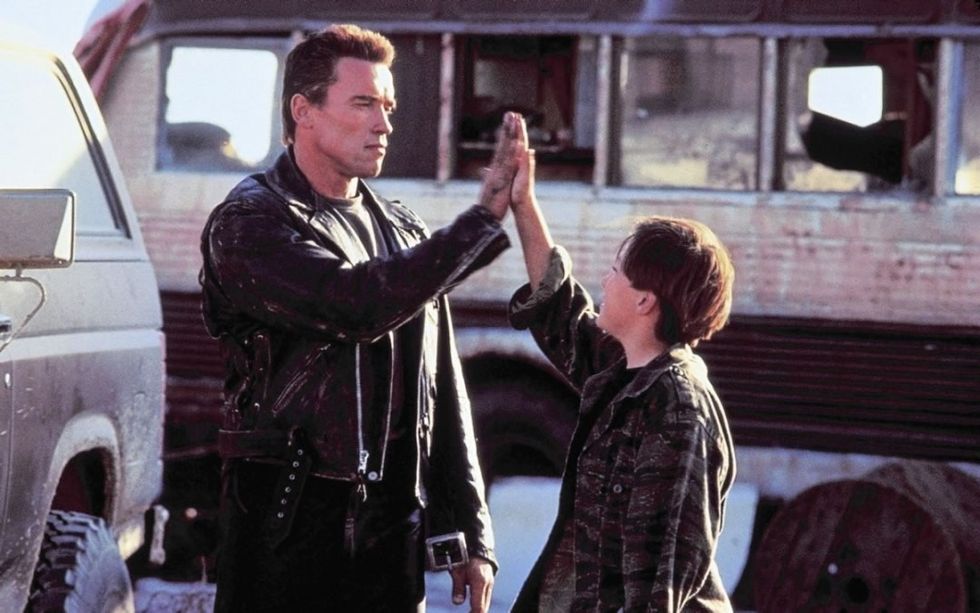
Act Two is all about delivering us the meat of the story that makes the climax in Act Three matter. So you should always be writing with the climax in mind.
What scenes can you do to plant and payoff things?
- Rising Action: Act Two needs to feel like you’re constantly climbing a hill. Obstacles grow bigger, stakes feel higher.
- Leave Them Wanting More: Your Act Two should end at a point of no return for the protagonist. They’re too deep in to simply walk away from their goal, but you leave the audience unsure of how they’ll possibly succeed.
- A Taste of the Climax Create a mini-climax towards the end of Act Two – a victory that quickly unravels, or a defeat that sparks desperate action. This gives your audience a glimpse of the intensity to come in Act Three.
All of these steps work for me, but you have other ways to crack Act Two.
Let me know what you think in the comments.
Author: Jason Hellerman
This article comes from No Film School and can be read on the original site.
